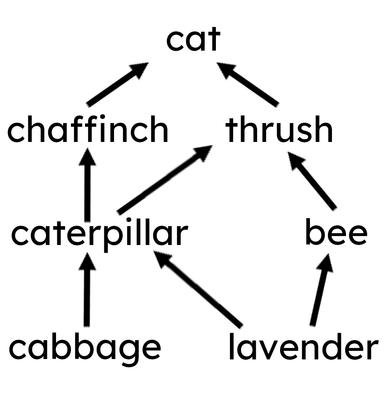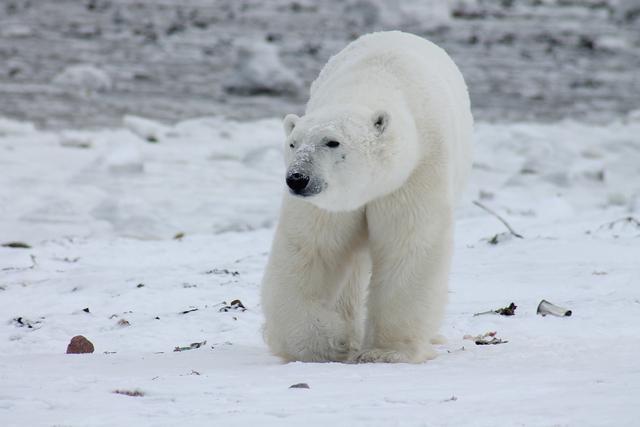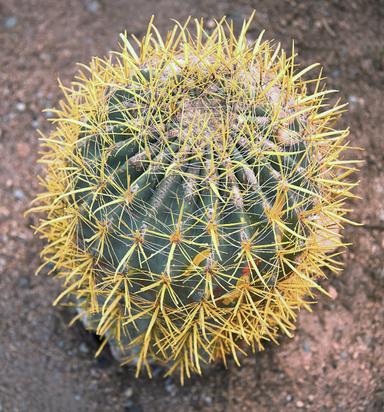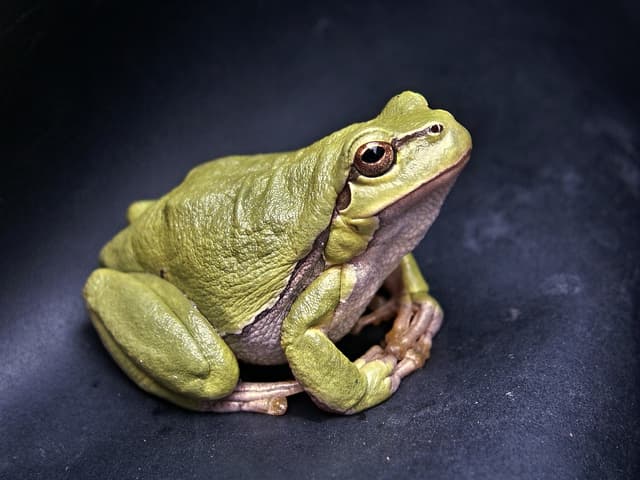Myths about teaching can hold you back
- Year 7
Ecosystems and habitats
I can describe what makes an ecosystem, can identify features of habitats and explain how organisms are adapted to live in their habitat.
- Year 7
Ecosystems and habitats
I can describe what makes an ecosystem, can identify features of habitats and explain how organisms are adapted to live in their habitat.
These resources will be removed by end of Summer Term 2025.
Switch to our new teaching resources now - designed by teachers and leading subject experts, and tested in classrooms.
These resources were created for remote use during the pandemic and are not designed for classroom teaching.
Lesson details
Key learning points
- Ecosystems are made up of living organisms, which interact and depend on each other, and their physical environment.
- Habitats are where plants and animals live, and they contain living (biotic) and non-living (abiotic) parts.
- Organisms interact with the environment in which they live.
- All species have adaptations which make them suited to their environment.
- Changes to the environment may make it harder for organisms to survive in a particular habitat.
Keywords
Biotic - Biotic factors are the living components of an ecosystem.
Abiotic - Abiotic factors are the non-living components of an ecosystem.
Adaptation - An adaptation is a feature that organisms have to help them live in a particular place.
Ecosystem - An ecosystem is made up of all the living organisms in a place, interacting with each other and their non-living surroundings.
Habitat - A habitat is the place where an organism lives. It must provide food, shelter and a place to reproduce.
Common misconception
Pupils use everyday meaning rather than ecological meaning of the terms population and community.
There is repetition of use of these ecological terms within this unit building on prior learning.
To help you plan your year 7 science lesson on: Ecosystems and habitats, download all teaching resources for free and adapt to suit your pupils' needs...
To help you plan your year 7 science lesson on: Ecosystems and habitats, download all teaching resources for free and adapt to suit your pupils' needs.
The starter quiz will activate and check your pupils' prior knowledge, with versions available both with and without answers in PDF format.
We use learning cycles to break down learning into key concepts or ideas linked to the learning outcome. Each learning cycle features explanations with checks for understanding and practice tasks with feedback. All of this is found in our slide decks, ready for you to download and edit. The practice tasks are also available as printable worksheets and some lessons have additional materials with extra material you might need for teaching the lesson.
The assessment exit quiz will test your pupils' understanding of the key learning points.
Our video is a tool for planning, showing how other teachers might teach the lesson, offering helpful tips, modelled explanations and inspiration for your own delivery in the classroom. Plus, you can set it as homework or revision for pupils and keep their learning on track by sharing an online pupil version of this lesson.
Explore more key stage 3 science lessons from the Ecosystems unit, dive into the full secondary science curriculum, or learn more about lesson planning.

Equipment
Licence
Prior knowledge starter quiz
6 Questions
Q1.Which organism is the producer?

Q2.Match the word to its definition:
Describes trees and plants that lose their leaves in autumn.
Describes trees and plants that keep their leaves all year round.
Q3.Match the season to its description:
Days get longer with increasing temperature.
Days are long, less rainfall and a high temperature.
Days get shorter, more rain and a decreasing temperature.
Days are short with lower temperature.
Q4.Match the environmental change to the effect on the organism.
Fish and other organisms will die.
Animals unable to meet and reproduce.
Plants unable to grow on bare rock.
Plants and animals will have nowhere to live.
Q5.Which of the following will happen if the number of caterpillars goes down?

Q6.Which of the following can cause abrupt and long-lasting changes in the environment?
Assessment exit quiz
6 Questions
Q1.Match the keywords with the correct definitions.
All the living organisms and non-living things in a place.
The place where an organism lives.
Interacting populations of organisms in a place.
The number of one type of organism in a place.
Q2.Which of the following are abiotic factors?
Q3.What do all living organisms need from their habitat?
Q4.What might be the consequences for a polar bear if this habitat changed and became warmer?

Q5.How is this organism adapted to its environment?

Q6.Which biotic factors does this animal interact with?



